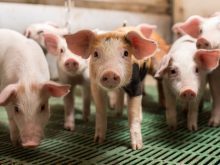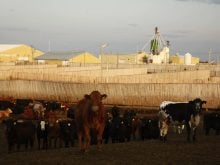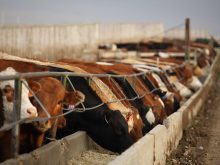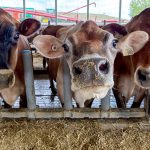About 60 percent of dairy farmers in Europe fail to recognize lameness in their cows and do not understand how much it costs in lost production, said a dairy cattle expert.
Dr. Alastair Boyle, a dairy technologist at the College of Agriculture, Food and Rural Enterprise in Greenmount, Northern Ireland, said the average cost of a case of lameness is $580.
When lame, a cow may be off its food, milk production decreases and it could take longer for the cow to become pregnant again.
As well, lameness in dairy cattle is considered a welfare issue because the cow is likely to suffer pain.
Read Also
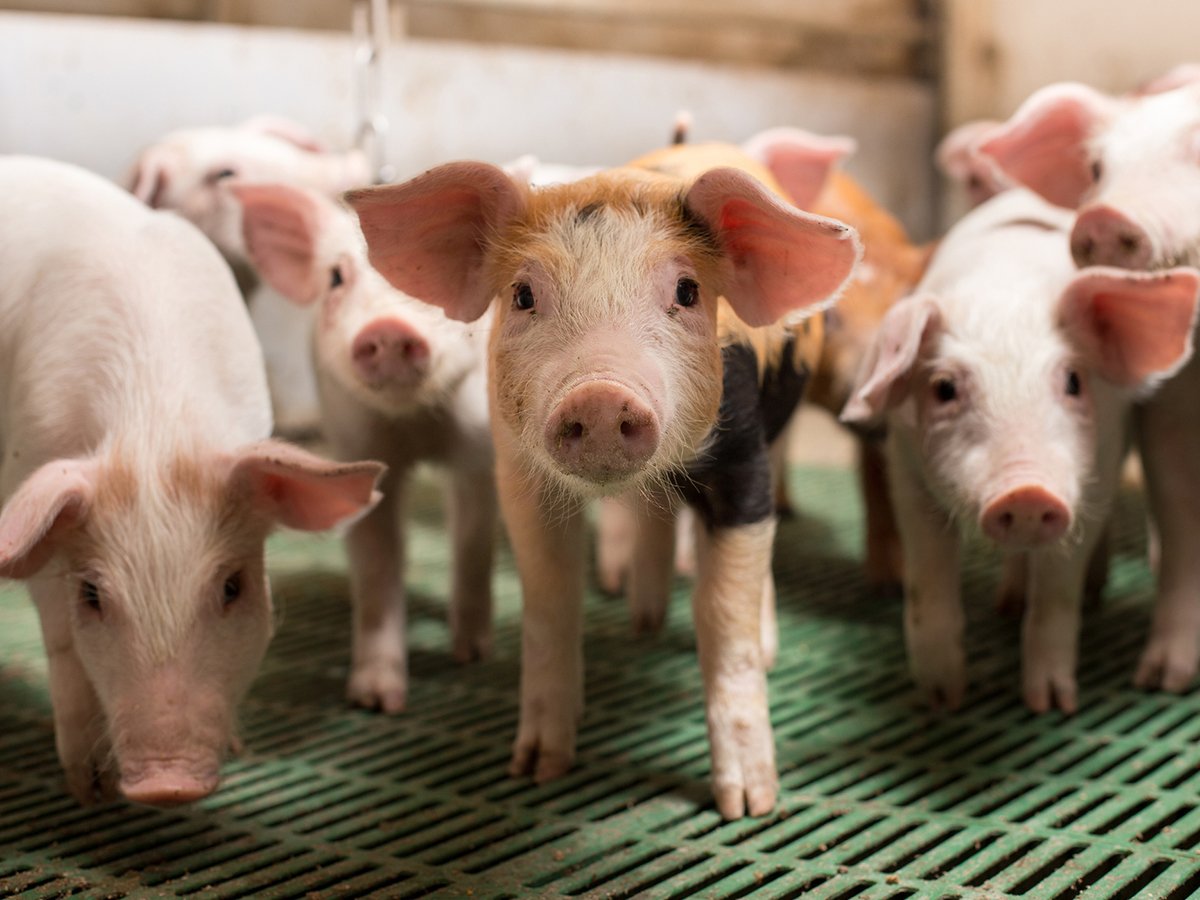
The Western Producer Livestock Report – October 9, 2025
Western Producer Livestock Report for October 9, 2025. See U.S. & Canadian hog prices, Canadian bison & lamb market data and sales insights.
“The first step is detecting lame cows early, with one such method being mobility scoring,” said Boyle.
He said mobility scoring ranks cows on a scale of three to zero based on their mobility. Zero is good; three signifies a severely lame animal.
“The aim, when scoring your herd, is to focus on identifying cows scoring two, which are moderately lame, or three, which indicates severely lame cows, and prioritize these cows for treatment as soon as possible.”
He said moderately lame cows that are detected and treated early are shown to develop less severe foot diseases and better recovery rates.
Boyle said a dairy discussion group for farmers held through Greenmount College has focused much discussion on improving mobility.
Host farmers have had the mobility of their herds scored to determine a herd mobility index. A farm should have a herd target of 80 percent of cows that are not lame.
“Across all herds within the group, the average mobility index was 82 percent, with some achieving over 90 percent. When specific management practices are put in place, this should lead to improvements in herd mobility.”
Farmers can use two key strategies to manage lameness, according to the college experts.
The first strategy includes:
- early detection and prompt treatment
- identifying lame cows via mobility scoring
- treating cows promptly before they are severely lame
- keeping records of the cow and hoof disease
- follow up if required
The second strategy focuses on prevention:
- use of preventive foot trimming at key times during lactation
- use of regular foot baths for the entire herd
- provision of good cow comfort and hygiene


